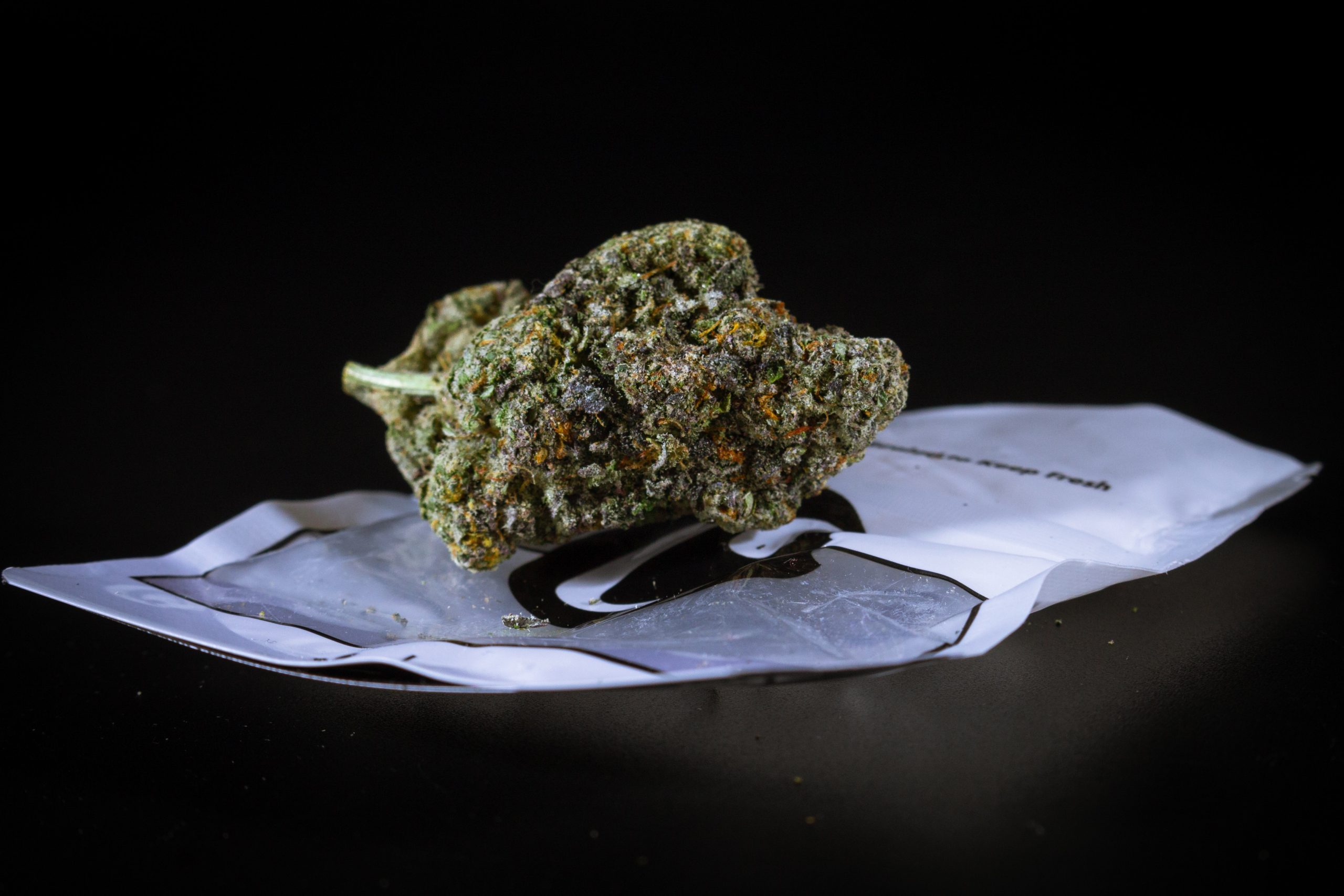
Indica vs Sativa vs Hybrid – What is Hybrid Weed and What Does it Do?
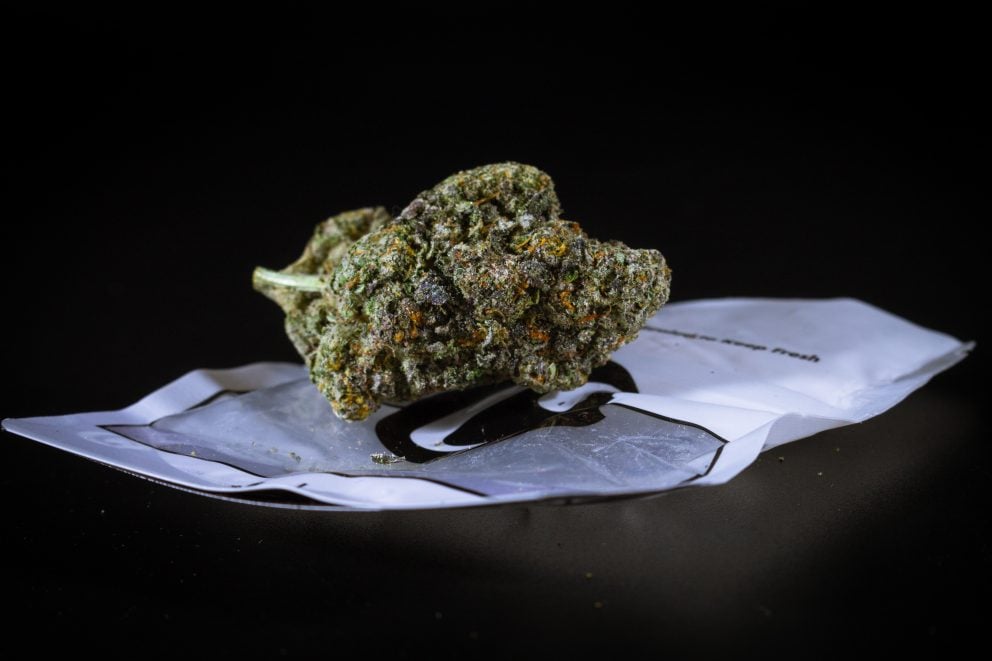
Photo by Terrance Barksdale
Cannabis has evolved from purchasing any type of weed off the street to superstores with countless strains designed to affect your body in specific ways. More people are pursuing the health benefits of cannabis but the options can be a bit overwhelming, especially if it’s your first time at a dispensary.
From the moment you walk in there can often be a crash course in cannabis. What is hybrid weed? What is the difference between indica vs. sativa? Which is best for depression or my body pain? Which do I want? What does hybrid weed do? What does it all mean?
We don’t all have a few hours to make our first purchase. Thankfully legalization has shifted the stigma from cannabis to an appreciation for it both medicinally and recreationally. Not to mention, it’s also a big business that’s driving billions of dollars.
The global cannabis market was valued at 43.72 billion in 2022 and is projected to grow to anywhere from 51.27 to 57.18 billion in 2023. It’s no surprise that with that financial incentive we’re all able to become a bit more educated as cannabis consumers.
As wine appreciation grew, options shifted from red vs. white wine to include rosé and sparkling wine. Consumers began to distinguish between domestic and imported. Eventually, everyday people learned specific varieties like Chardonnay, or Pinot Noir, named for the types of grapes used to make them. While sommeliers and wine experts may have always known about wine as the market grew so did the general public’s understanding of it.
Cannabis is entering that same phase. The marketing, packaging and even product offerings are evolving. The industry has established three major classifications for marijuana products: Indica, Sativa, and Hybrid. (Red vs. White Wine) From there, there are specific cannabis strains with creative names like Blue Dream, Girl Scout Cookie, Purple Kush, etc. (Chardonnay, Pinot Noir, etc.)
Cannabis has been cultivated for thousands of years, so much so, that these classifications can almost seem “meaningless,” at least scientifically. After all, throughout the evolution of the cannabis industry, farmers have been selectively breeding marijuana to get higher concentrations of THC, faster flowering times, or increase the amounts of other cannabinoids like CBD, CBN or CBG. It’s no surprise there would be so many strains all these years later.
Most strains are hybrids. Which begs the question: what does hybrid mean in cannabis terms?
Apply for a Medical Marijuana Card Online Today
Join over 100,000 patients who have chosen Green Health Docs as their medical cannabis doctors. We have a 99% approval rate and offer a 100% money back guarantee!
What Is Hybrid Weed?
There are three species of the cannabis plant: cannabis sativa, cannabis indica, and cannabis ruderalis. The more than 700 strains of cannabis in circulation are all essentially hybrids of two or all three of these species. Cultivators have tried to increase the cannabinoid content, cultivate certain terpenes, or just increase their output.
Hybrid weed describes weed strains made up of the blend of any of these three species. While cannabis consumers may only know Indica or Sativa, the reason there aren’t many Ruderalis products at your local dispensary is that as a species it’s less inclined to generate much THC and didn’t find much popularity. Instead, it has higher levels of CBD.
The cannabis industry transformed from a clandestine market to a billion dollar industry. Certain aspects of cannabis began like the wild west with people experimenting with breeding, inventing strains, and creating products without regulation. Delta-10 THC was discovered when fire retardants contaminated cannabis plants.
Indica, Sativa and Hybrid became the industry standard for classification. These essentially let consumers know what they might experience. While named for the actual species, indica, sativa, and hybrid are more often used to highlight how strains will affect people vs. the actual plant genealogy. While named indica and sativa they can actually be genetic hybrids. These classifications are often decided by higher concentrations of certain terpenes, scent profiles, and/or a likelihood for certain physical effects.
Hybrid weed products most accurately describe cannabis products that are more likely to impact patients somewhere in the middle of the indica vs. sativa spectrum. It’s widely held in the cannabis industry that sativa can be enlivening and heady while indicas can tend to be relaxing and offer a “body high.” Let’s dive a little deeper into these two.
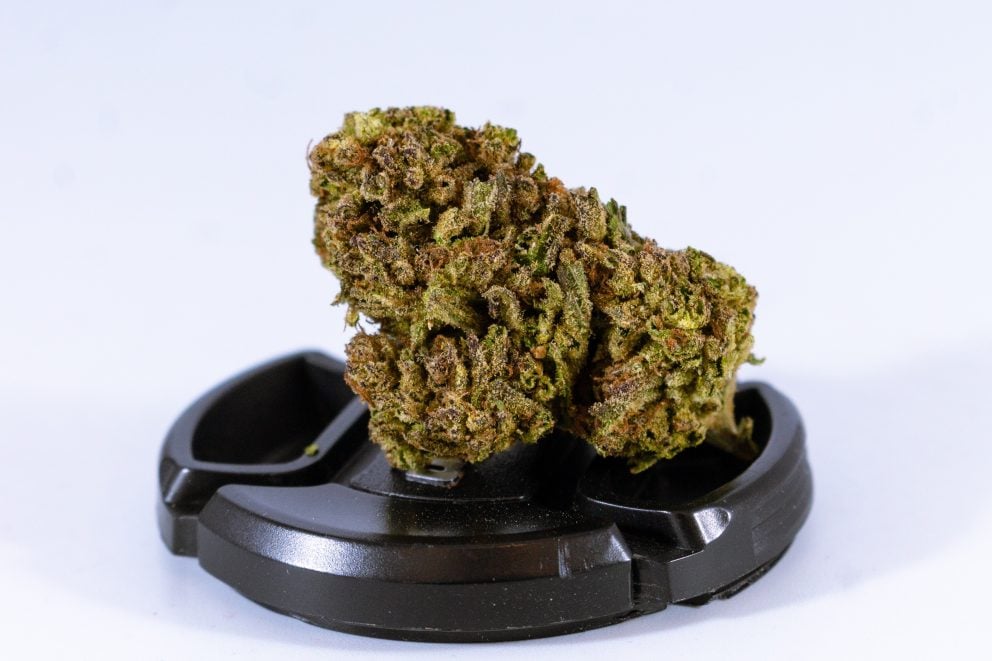
Photo by Terrance Barksdale
Sativa vs Indica vs Hybrid
The general consensus within the cannabis industry is that indica and sativa strains affect you differently. Hybrid cannabis can either be indica or sativa dominant. As testing of cannabis products advances, it is becoming more clear that these qualities are related to the combination of their compounds.
Indica products are recommended for treating insomnia, pain, inflammation, muscle spasms, epilepsy, and glaucoma.
Indica is named for the species known scientifically as cannabis sativa indica. Indica or indica-dominant plants are more likely to have short, bushy plants with woody stalks. Their leaves are darker and more broad and they tend to have more of the skunky smell.
Indica plants have a shorter flowering time which is one main reason cultivators have interbred plants to trim their flowering time.
Indicas tend to have more CBD and can have a 1:1 ratio with THC. This is why they are considered more relaxing. However, the real cause of their relaxing benefits is their higher concentration of the terpene myrcene.
Sativas are recommended for treating depression, headaches, nausea, and loss of appetite.
Known scientifically as cannabis sativa sativa, this breed of plants tend to be tall and thin with a lighter green color and thinner leaves. Their stalks tend to be more fibrous and can flower in 10 to 14 weeks. They’re known to have an herbal or sweet smell.
Again, hybrid weed strains can be considered Sativa-dominant, Indica-dominant, or simply labeled hybrid. They rarely fall in the middle of the spectrum. However, hybrid tends to be a classification for strains that can hit multiple experiences and qualities of the two main species. After all, cannabis is filled with hundreds of biological compounds that impact our endocannabinoid system.
Often, at dispensaries, budtenders can offer you a clearer description of the products, how they may make you feel, and in some cases even a breakdown of their terpene and cannabinoid breakdown. Cultivators are becoming more savvy. Increased testing due to more cannabis regulation is helping us all know what is in cannabis products and how it interacts with our body.
The only issue is how scientifically accurate are these classifications? A study of over 100 cannabis products found that the simple classification of Indica vs. Sativa did not accurately cover the species genomes of the cannabis products but was more aligned with specific compounds.
In addition to myrcene, indicas were found to have guaiol, γ-eudesmol, and β-eudesmol. Sativas were found to contain higher concentrations of bergamotene and farnesene which is why they are more likely to have tea-like and fruity aromas over a skunky weed smell.
The study proposed that cannabis producers may be more likely to profile cannabis by their aromas rather than actually doing any genetic typing. The general consensus among scientists is that the cannabis branding is not exactly scientifically sound.
Dr. Ethan Russo MD described the Indica vs. Sativa model as “total nonsense.” Russo explains that it is more the chemicals in the plants. Cannabis legalization, especially medical marijuana, has led to more regulation which means more testing. The testing of cannabis products to regulate THC levels is forcing cannabis producers to examine the phytochemicals in cannabis.
Inevitably, as medical marijuana becomes more prominent we will continue to test and innovate and focus on how specific chemicals affect us. After all, there are hundreds of chemicals in cannabis that interact with the human body. Currently, the cannabis industry focuses on the entourage effect. This is essentially how the sum of all of the terpenes, cannabinoids and flavonoids affect the body.
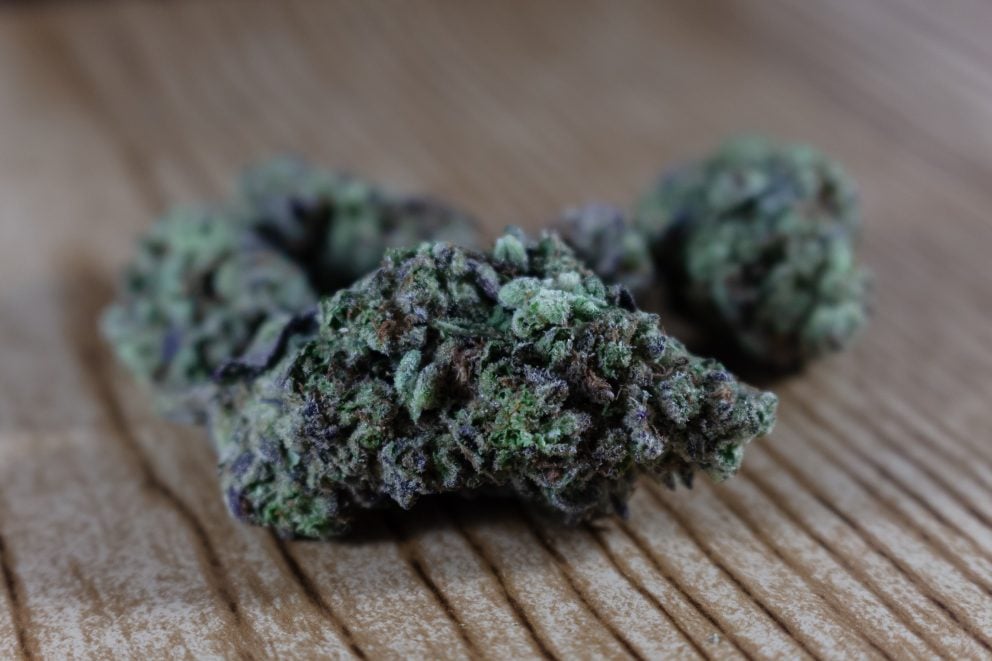
Photo by Terrance Barksdale
Sativa Vs Indica Vs Hybrid Effects
Despite what science has to say, the indica sativa hybrid model does focus on how a product will make you feel. While genotypically the names may not correlate to actual breeds of cannabis these classifications are not without merit.
Many cannabis enthusiasts and dispensaries describe indicas as relaxing, offering a “body high” and can even potentially cause couch lock. Couch lock being a way to describe a lazy relaxation that can make many not want to move. They are known to be high in CBD which also adds to their anti-inflammatory properties. They are also known to cause the munchies.
Sativas are more known to cause a “head high” and many strains are attributed with increasing creativity and are likely to increase your energy levels. They are known to help focus and in treating depression by offering euphoric qualities due to their high THC levels.
Hybrids tend to fall somewhere on the spectrum of sativa vs. indica translating to energizing vs. relaxing and/or mind vs. body.
Effects Of Hybrid Weed
Again, hybrid cannabis tends to cover any strain that is not a full sativa or indica. They are less likely to affect you the way either might traditionally function. You may find a strain that might be relaxing but not as inclined to give you “couch lock.” Other hybrids may be able to offer you euphoria without affecting your energy causing anxiety.
Hybrids tend to on some level offer temperate qualities of indica or sativa. You may find something that engages you creatively but helps your body relax. With hybrid marijuana, you’ll want to ask your budtender or dispensary associate to offer more information about the strain.
Cannabis growers and product producers know their intentions behind cultivating certain strains. With hybrids more than any strain you’ll want to review any provided information for how you may feel. Only that can give you insight into how strains might affect you.
If you’re looking for specific strings, here’s a quiz to help you find a strain for your various symptoms or goals with medical marijuana.
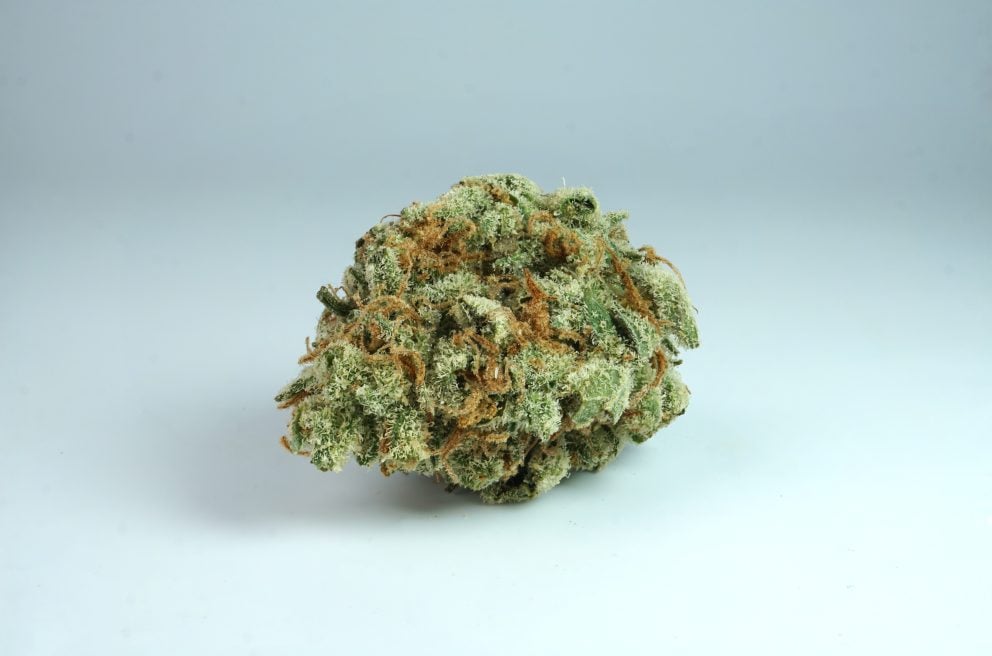
Photo by Brokkelen.nl
Difference Between Sativa And Hybrid
Sativas tend to increase energy, inspire creativity, offer euphoria or improve your mood and sometimes even give you the giggles. They do run the risk of potentially causing too much energy or increasing your anxiety by how they affect the body.
Hybrid weed effects can offer some of the benefits without the negatives. For example, inspired creativity without too much energy. For example, Blue Dream offers inspired creativity while also relaxing the body like an indica.
Difference Between Indica And Hybrid
Indicas are great for the body. They can help the body relax which can often help with sleep. They help reduce muscle tension and can also help relieve stress. That being said, these qualities can often go too far causing one to lose motivation or become too relaxed. Another major issue with indicas is that they can cause the munchies.
One major benefit to hybrid marijuana is that they can decrease your likelihood of getting the munchies or being too lazy. Headband is a popular hybrid strain that offers pain relief while also offering euphoric, sativa-like emotions.
Hybrids & THC
Despite all of these classifications, it’s also important to look at the THC content of your cannabis products to be sure how you’ll be affected. As of now, the sativa vs. indica vs. hybrid model is how we classify cannabis products. With legal cannabis, all products have to outline how much THC they contain.
This is vital for understanding how you’ll be affected. Cannabis labeling does require testing and fully outlining certain key cannabinoid numbers. Over time, more cannabinoids and even some terpenes are being tracked and highlighted on medicinal and recreational cannabis.
Over time, we may start examining chemical breakdowns of cannabis. Chemovars or chemical types are one way we may start tracking cannabis to better understand how all these chemicals interact with us.
Final Thoughts
Over hundred years of cannabis cultivation and the weed industry boom, most cannabis is hybrid weed. There are dwindling numbers of pure sativa and indicas. But with this change comes the chance for evolution.
We are becoming more aware of what the chemicals in cannabis can do for us and how to better find the right strains for us. There’s also something to be said for smelling fresh cannabis flower to see what engages with your body. After all, cannabis does uniquely engage with the human body.
If you’re interested in legally engaging with hybrid weed and purchasing your own cannabis, get your medical marijuana card easily today.
 This article has been reviewed by Dr. Anand Dugar, an anesthesiologist, pain medicine physician and the founder of Green Health Docs. Graduating from medical school in 2004 and residency in 2008, Dr. Dugar has been a licensed physician for almost 20 years and has been leading the push for medical cannabis nationwide.
This article has been reviewed by Dr. Anand Dugar, an anesthesiologist, pain medicine physician and the founder of Green Health Docs. Graduating from medical school in 2004 and residency in 2008, Dr. Dugar has been a licensed physician for almost 20 years and has been leading the push for medical cannabis nationwide.
